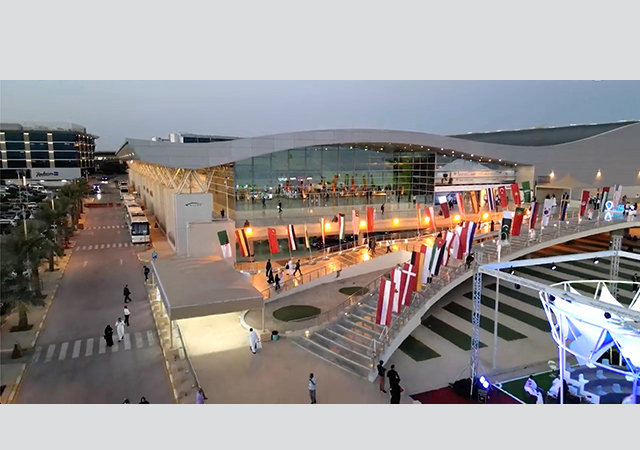
 The project entailed the erection of steel built-up columns.
The project entailed the erection of steel built-up columns.
Ajoint venture of Canam Asia Limited (CAL) and Zamil Steel has recently completed work on the steel infrastructure for an 110,000 sq m main product warehouse building, under a subcontract from Arabian Industrial Construction Company in Rabigh, Saudi Arabia.
For the project, which will be used by PetroRabigh (a joint venture of Saudi Aramco and Sumitomo Chemical Company of Japan), Canam Asia and Zamil Steel have erected steel built-up columns and main joist girders of multiple 30 m spans and multiple 30-m-long bays using open web joists as roof purlins, says Dr Wafik Ajam, technical and marketing manager for Canam Asia.
Sumitomo and state-owned Aramco, the world’s largest oil company by output, have a 50-50 joint venture to upgrade a refinery and petrochemical complex of PetroRabigh at Rabigh on the Red Sea coast.
CAL – a joint venture between Saudi Arabia-based Zamil Industrial Investment Company (ZIIC) and Steel Plus, an affiliate of the Canadian Canam Group (CMG) – is renowned for its expertise in the marketing, design and manufacture of high-quality steel products for the construction industry. The company produces its own shop drawings for the fabrication of steel joists, trusses and steel decks and enjoys an annual turnover $18 million per year in the region.
With an industrial licence for the manufacturing of steel joists, Canam Asia has coupled the expertise of ZIIC in the Middle East, Europe, Asia and Africa with the reputation of CMG as a company renowned as one of the leading manufacturers of steel joists and structural steel components in North America and Europe. Canam Group has 27 offices and 60 factories worldwide. It has recently set up a factory in Vietnam.
The company’s facilities in Dammam, Saudi Arabia and Ras Al Khaimah, UAE – started production in November 2002 and January 2007 respectively – and have an annual capacity of 14,000 tonnes of joists, and 7,000 tonnes of metal decks/per shift.
The company is also one of the leading manufacturers and suppliers for flooring and roofing systems with the most comprehensive range of steel construction products, says Dr Ajam. CAL’s product line includes: open web joists (OWJ), roof trusses, Hambro composite floor system and normal and composite steel decks.
Some of the benefits of CAL’s open web joists include: lighter weight than full web beams of a similar depth; can be used to facilitate the installation of ventilation ducts and plumbing as compared to a W-profile beam; and allow longer spans, thereby reducing the number of columns within a building, says Dr Ajam.
He adds: “The company’s Hambro composite joists can be used in a range of construction projects, be it masonry, steel frame buildings, poured-in-place or precast concrete. The Hambro joist system, which comprises a hybrid concrete/steel T-beam in one direction and an integrated continuous one-way slab in the other, can be used for various applications ranging from single-family independent houses to multi-storey residential, shopping centres and office complexes.
The joists can also be customised to suit particular job conditions and can be easily installed, says Dr Ajam. “In addition, the shallower floor depths of the joists offer increased rigidity arising from a composite action. The spacing and the web opening provided in the joists can accommodate all electrical and mechanical ducting. Also the interlocking of concrete with steel provides excellent lateral diaphragm action, with the composite joists acting as stiffeners for the entire system.”
The Underwriters Laboratories (UL)-certified steel deck profiles of CAL can be used for roofs and floors to support gravity loads between the joists or beams. “These sheets can be used as a horizontal brace, allowing the steel deck to perform as a diaphragm (The Steel Deck Institute, Diaphragm Design Manual Third Edition 2004). The resistance and rigidity of this bracing method depends upon the geometry as well as the frequency and type of attachment used on the structural elements and side lap joints of the steel deck sheets,” says Dr Ajam.
The decks come in a nominal thickness ranging from 0.76 mm to 1.52 mm, and can be rolled from 1.8 m to 12 m. The steel decks, which act compositely with the concrete slab, offer several advantages that include: higher strength, longer spans, eliminates the need for bottom reinforcing, serves as concrete form for the slab and finally acts as a diaphragm, providing lateral bracing to the structure.
“At CAL, we have a range of different flooring systems that can easily and effectively replace hollowcore slabs and also the normal concrete slabs. Our products promise the highest quality standards at a competitive price and at the same time meet the steel building needs of the fast-growing construction industry,” he concludes.


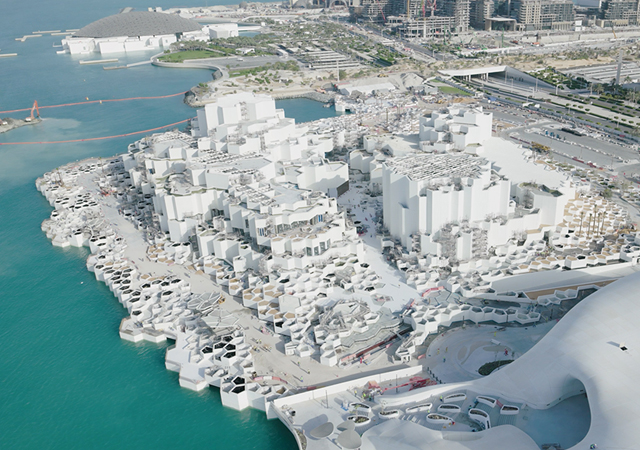


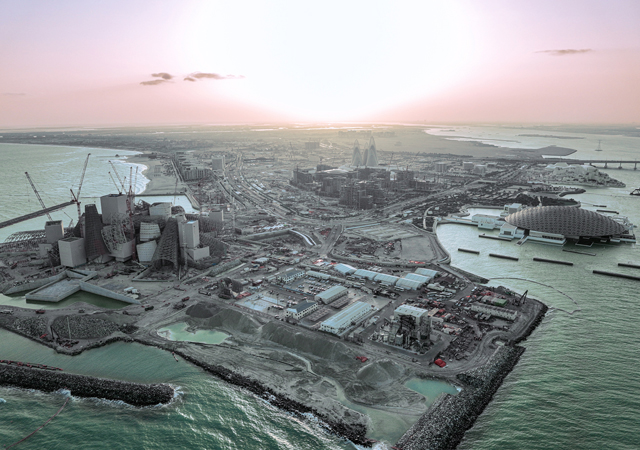


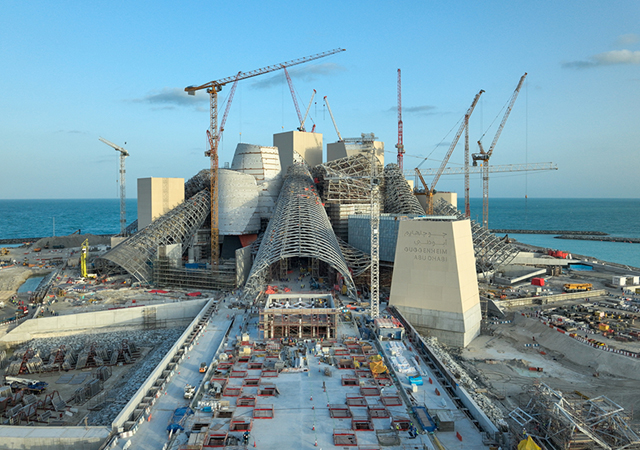
.jpg)

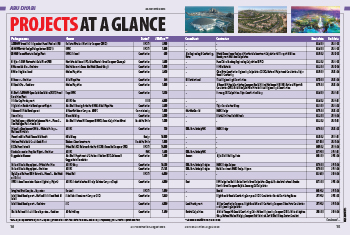



.jpg)


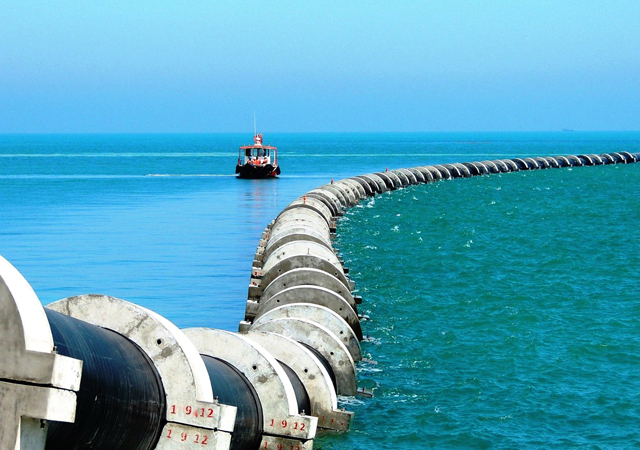



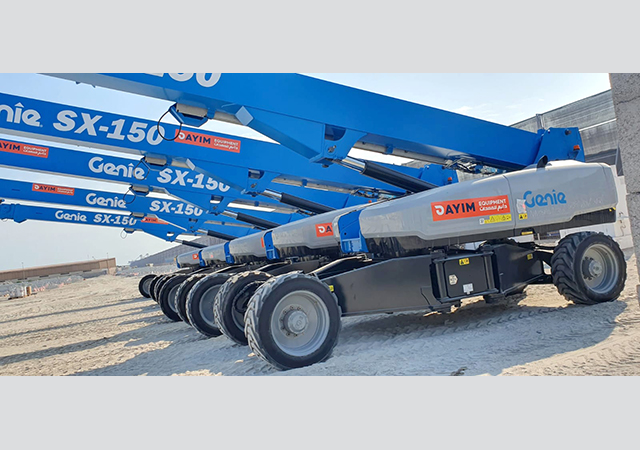
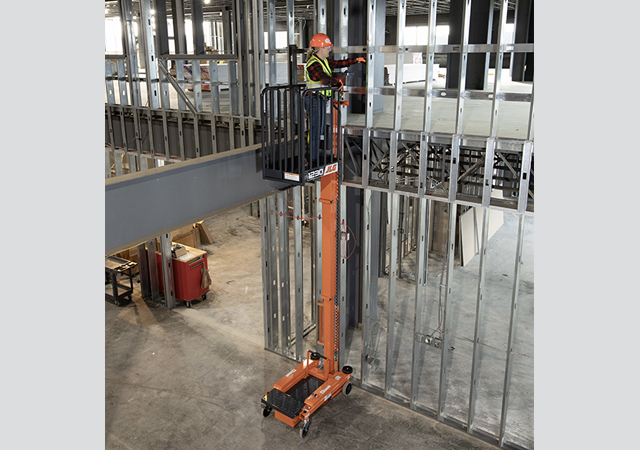
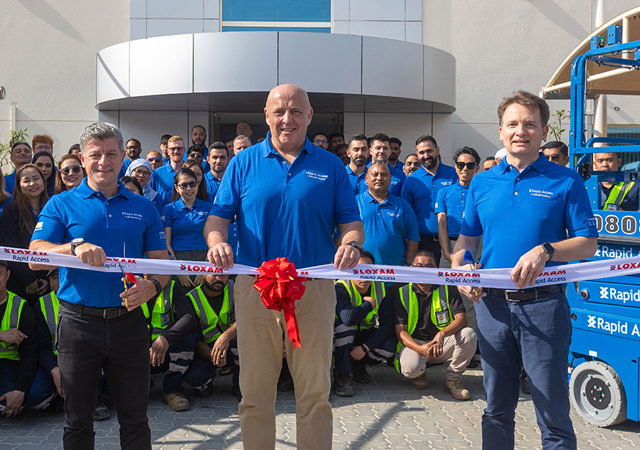
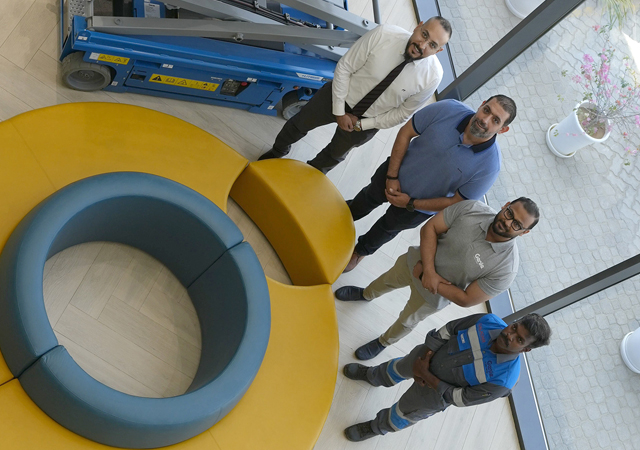
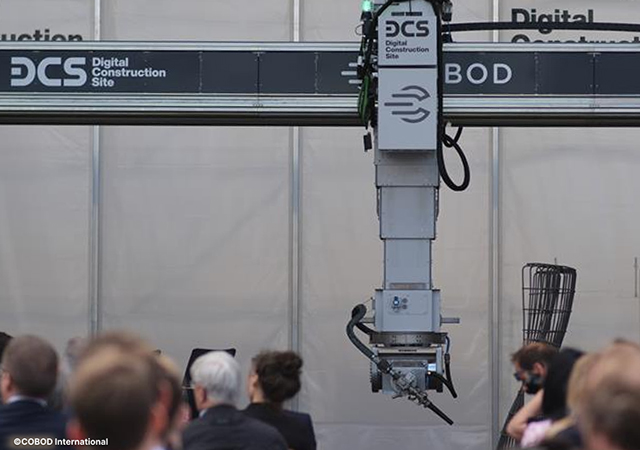
Doka (2).jpg)
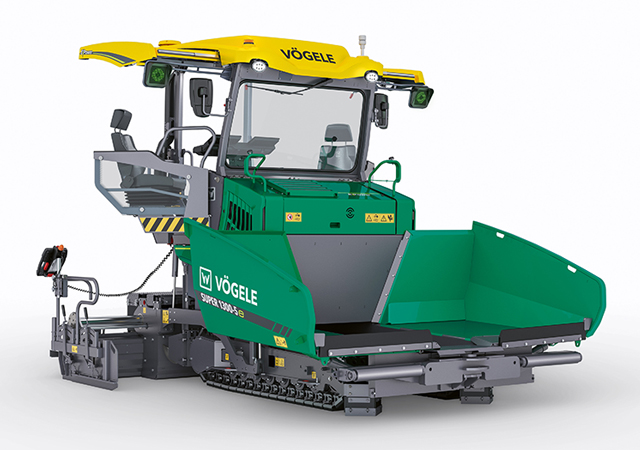




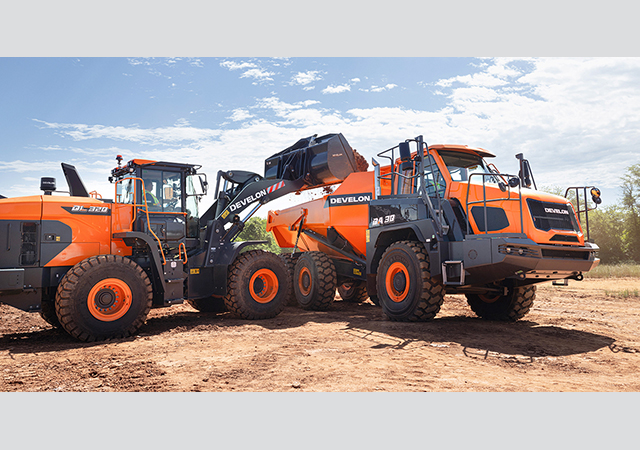


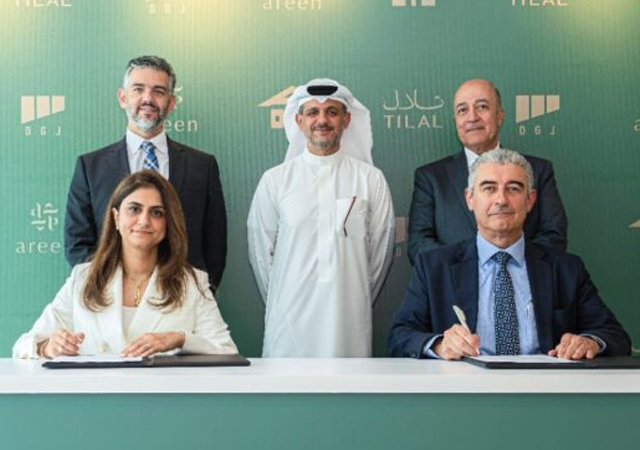
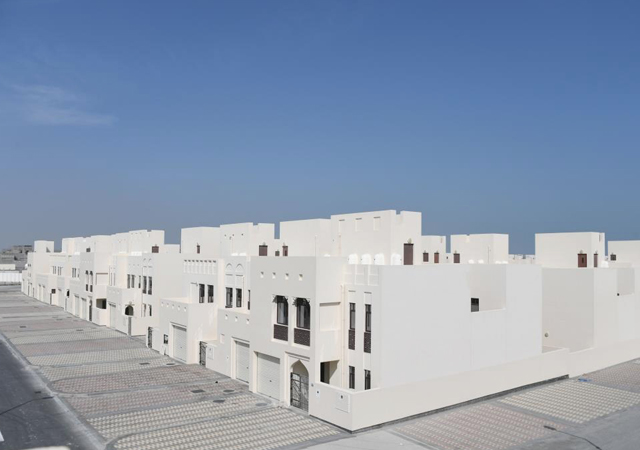
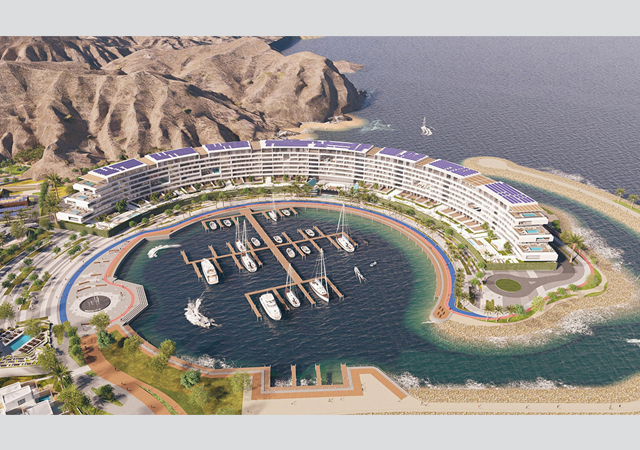






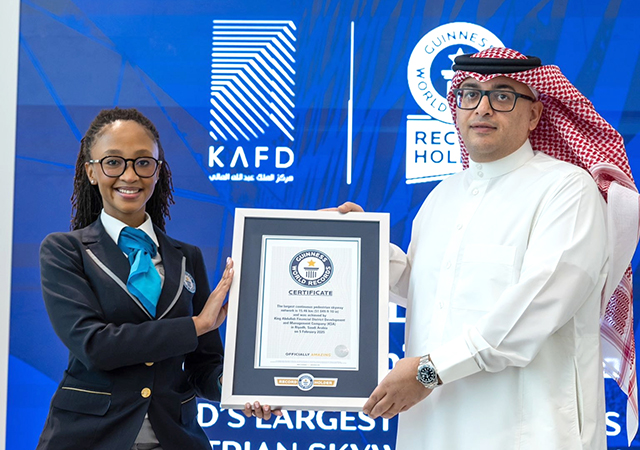


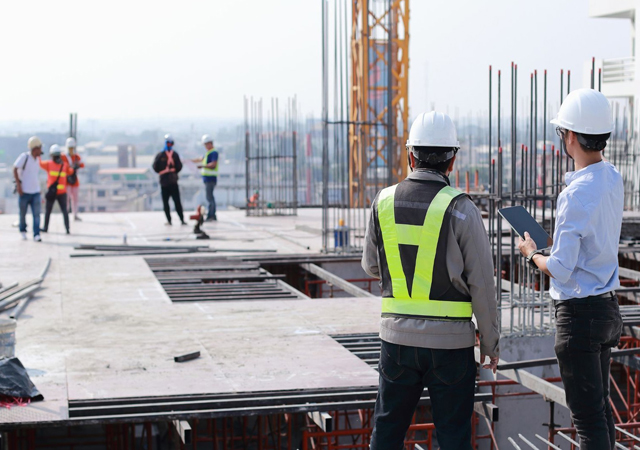





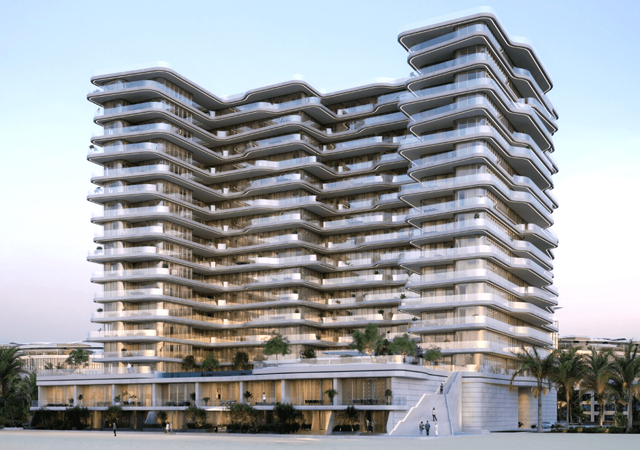
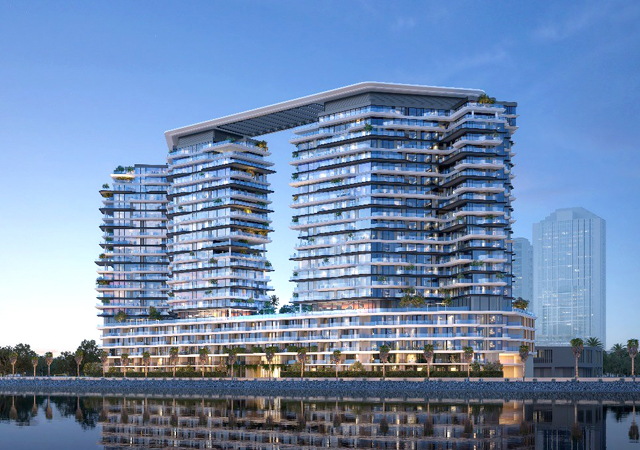









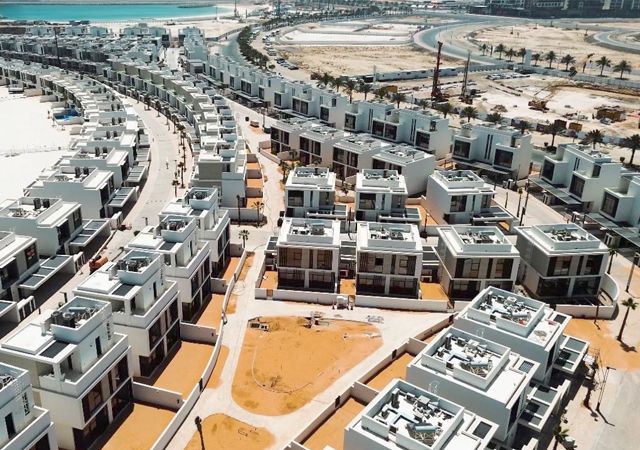
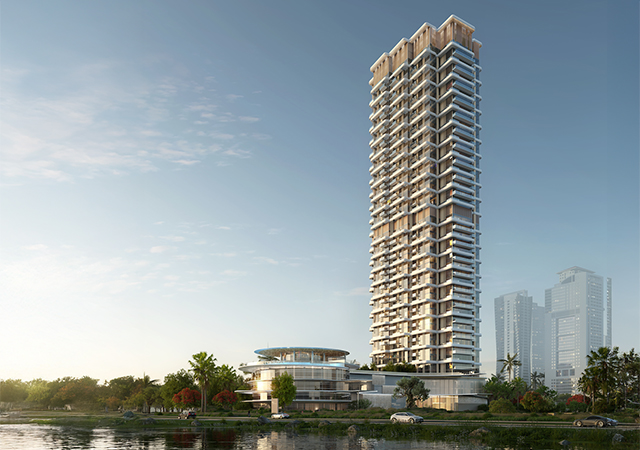

.jpg)
.jpg)

.jpg)
